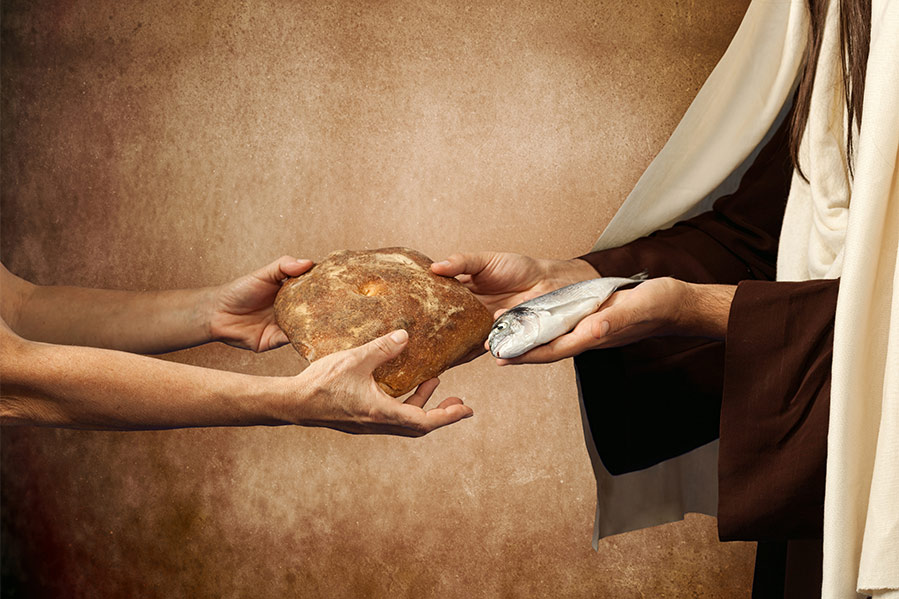
(For the audio version of this blog, please visit: http://brothersinchristcmf.org/wp-content/uploads/2022/06/Mass-Blog-for-the-Solemnity-of-the-Most-Holy-Body-and-Blood-of-Christ-2022.mp3)
The art and science of any business is logistics. Even God’s business. You and I are key instruments in sharing God throughout His supply chain. As the readings for the Solemnity of the Most Holy Body and Blood of Christ imply, what we accomplish as agents of God’s science supports a life of unparalleled artistry.
How art and science blend keeps an enterprise from ending its life as a purveyor of cheap commodities. In the sacrifice of the Mass, at the end of the Eucharistic Prayer, the celebrant elevates the body of Christ out of the commodity of bread. As it enters us, we enter it, and therefore share its life-giving nourishment with others through the Godly art of living.
“Through Him, with Him and in Him, in the unity of the Holy Spirit, all glory and honor is yours, almighty Father, for ever and ever.”
In his Summa Theologica, Thomas Aquinas explains that “our being, living and moving are themselves caused by God. … Hence, things as they are in God are [His] divine essence.”
We are the outward expression of God’s art. Aquinas applies the art of using a ship (navigation) as an example:
“Understanding [governs] the art of ship designing; and this in turn [governs] the art that is only concerned with preparing the material for the ship [which is our life’s work, Ed.]. … That being whose act of understanding is its very nature, and which, in what it naturally possesses, is not determined by another, must have life in the most perfect degree. Such is God; and hence in him principally is life.”
So on the night he was handed over for our sake, Jesus, the perfect expression of God’s understanding, taught the art of perfect living to his imperfect disciples using the most basic elements to represent his body and blood. Sunday’s second reading shows Paul acting as the distribution channel of his Master’s essence for future generations (1 Cor 11:23-26). He thus trains us in the Godly arts of raising life-giving commodities to the lofty business of eternal living.
This was foreshadowed via the gospel in which Jesus used his disciples to feed humanity’s need for sustenance using the spare commodities they had on hand to feed thousands (Lk 9:11b-17).
Then taking the five loaves and the two fish, and looking up to heaven, he said the blessing over them, broke them, and gave them to the disciples to set before the crowd. They all ate and were satisfied. And when the leftover fragments were picked up, they filled twelve wicker baskets.
This beautifully humble supply chain relied on a scrawny stash of loaves and fish and twelve clueless disciples to distribute them. Their customers not only went home satisfied in body and mind, but they became instruments in the Godly art of living—spreading God’s word to generations of family members who would populate growing markets far and wide.
As consumers of the Gospel, you and I are instrumental in practicing and exemplifying the art and science of God’s logistics—through him, with him and in him. It’s a living.
–Tom Andel